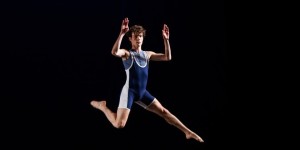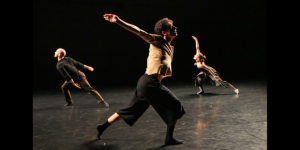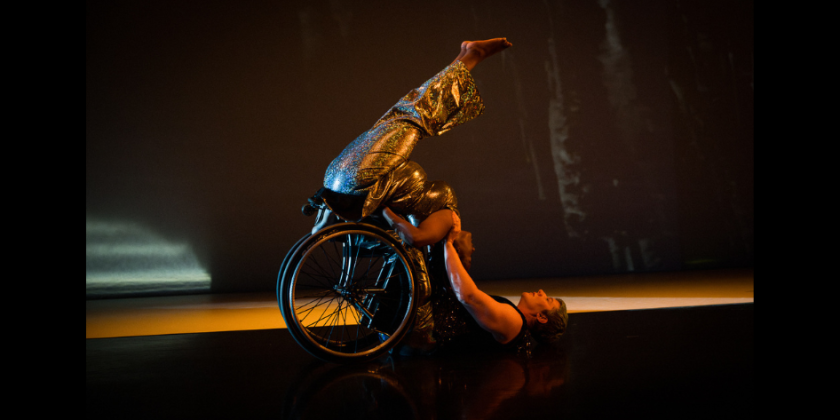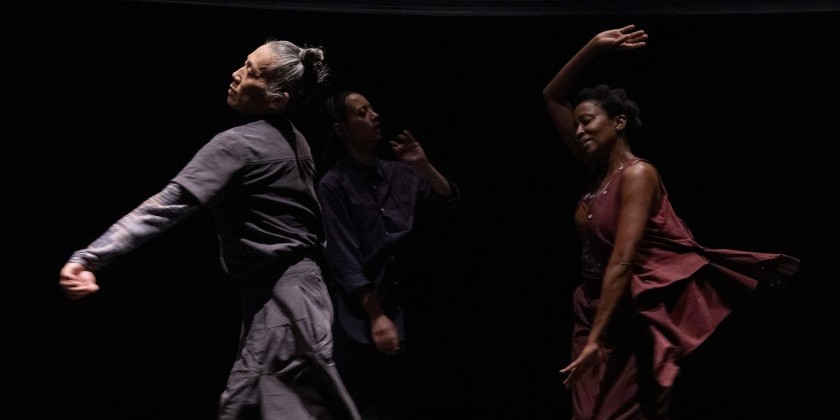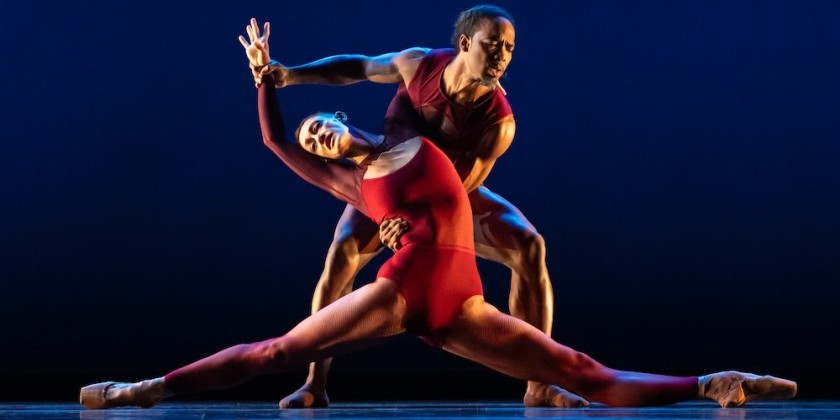Impressions of Rashaun Mitchell’s "Light Years"
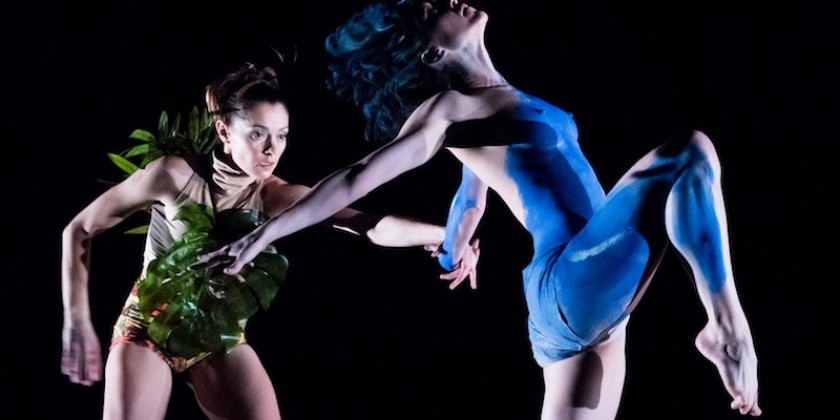
New York Live Arts
Choreography by Rashaun Mitchell in collaboration with the dancers
Performed by Hiroki Ichinose, Cori Kresge, Silas Riener, and Melissa Toogood
Music by Michael Beharie and Corwin Lamm
Costumes by Silas Riener and Rashaun Mitchell with Julia Donaldson
Lighting Design by Davison Scandrett
Whether you are here, there, or somewhere else entirely, you take your past self with your present self as you contemplate your future self. Our very persons act as archives, our brains and bodies in dialogue with our history. As a result, the present is shaped as much by a past that can’t be rewritten as by a future that remains tantalizingly blank.
In Rashaun Mitchell’s Light Years, which received its premiere at New York Live Arts, he conceives of the human body as a vessel for both instinct, the kind born out of a thousand former experiences, and reinvention, the type that springs from wild potentiality. Using a quartet of incandescent dancers, Mitchell plots out individual solos that crisscross seemingly by chance. These intersections, through the communion of the performers, soon become laden with meaning.
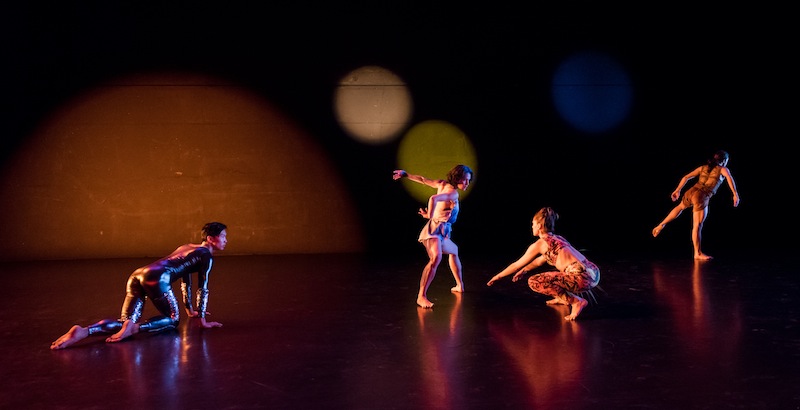
The piece opens with Silas Riener striding in circles around an ever-increasing spotlight that’s smudged with color, like a hazy oil slick. To a score of ominous electronica, he augments these resolute paces with the jut of an elbow or a hunch of his shoulders. Melissa Toogood, a palm leaf emblazoned on her tropically inspired costume, jolts into the stage space, leaping like a jackal and skittering precariously. Together, Riener and Toogood exhibit a frenzied sense of purpose; their flourishing arms and bounding skips are manic yet laced with determined precocity.
Earthy and tinged with idiosyncrasies, their fierce play dissipates when Hiroki Ichinose, attired like a disco knight, cools the tempo with ribcage isolations and deep, cushiony lunges. As blotches of light twinkle on the floor in a reverse starscape of sorts, Cori Kresge joins Ichinose, bobbing and swirling and glimmering, each action so diamond bright in clarity that she appears to be a goddess dropped in from another time and place.
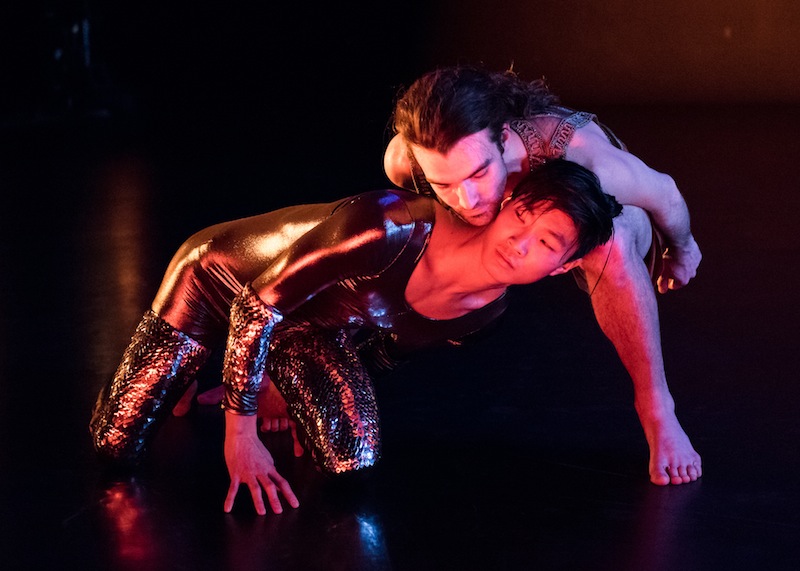
The work continues in this same vein for some time: beautiful, witty, enigmatic. In lovely but frustrating moments, duets occur simultaneously but are spatially too far apart for us to see everything. Earth or air, tenderness or confrontation, boys or girls: you have to pick.
There’s a spontaneous, indiscriminate quality to Light Years. Everything from tiny, jerky articulations to sweeping cyclonic whirls feels like it springs from place of primal desire and compulsion. Movements are not architected to achieve something specific; instead, each action is imbued with a sense of involuntary exploration. Impulses and instincts manifest themselves as motion, and out of personal discovery, a sense of destiny arises.
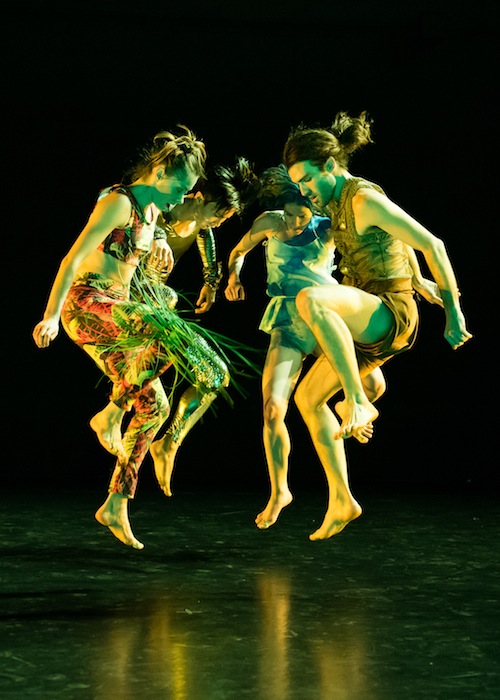
The piece ends with an exclamation point: A bright light flashes on in the audience, the performers look at us with their mouths agape, and then everything goes dark. Who knows what this all means, if, in fact, this needs to mean anything. What lingers is the feeling that the weirdness and wonder displayed isn’t that much different than what takes place inside of us everyday. It’s matter over mind, where past and future collide in the present.





